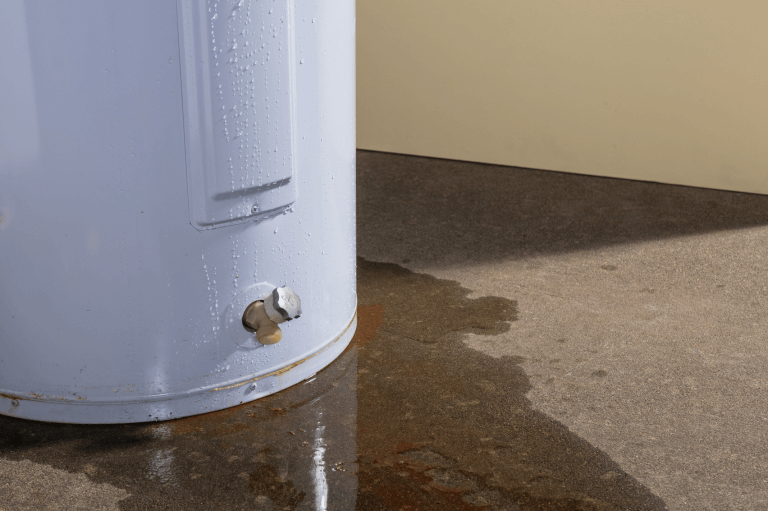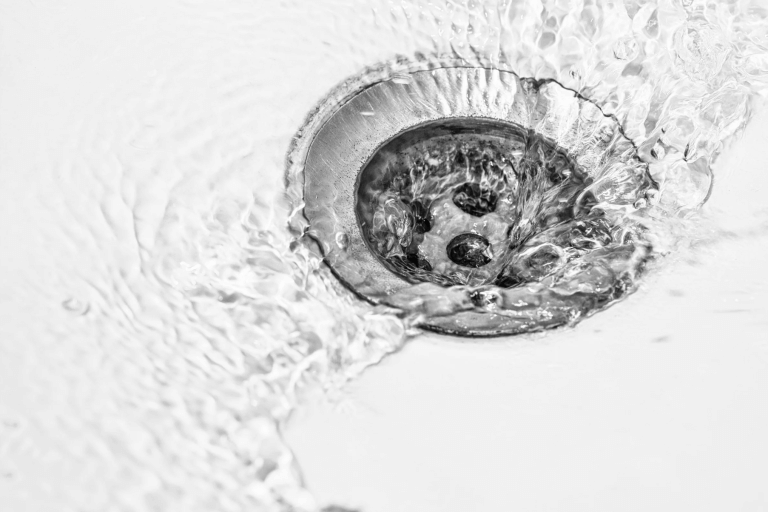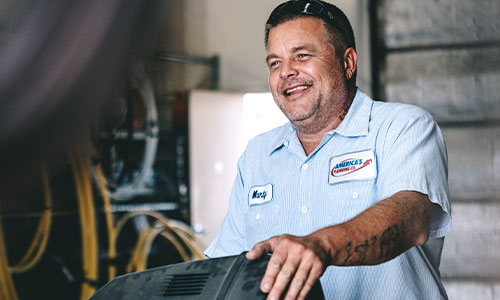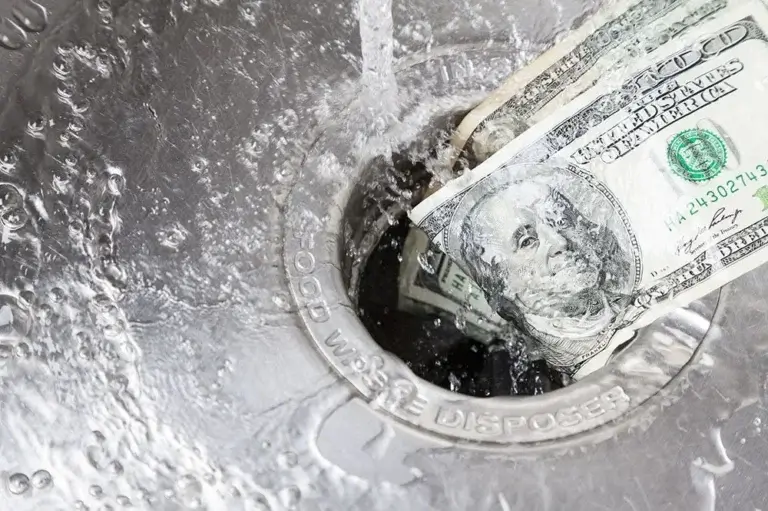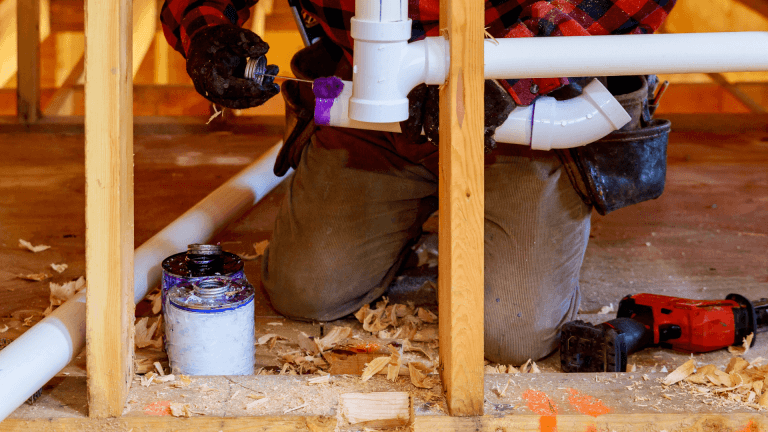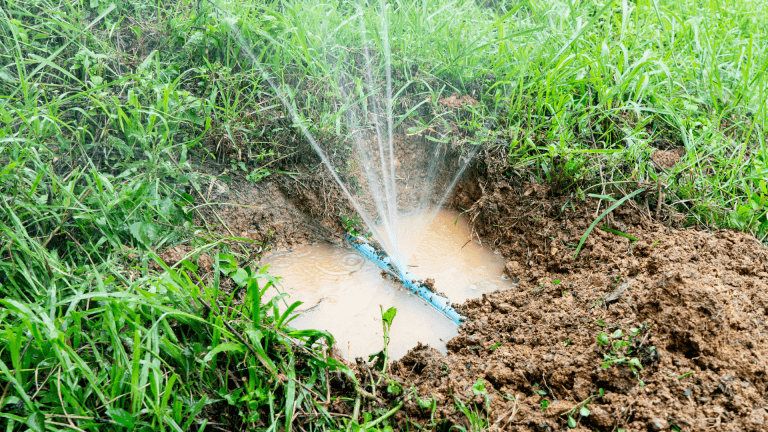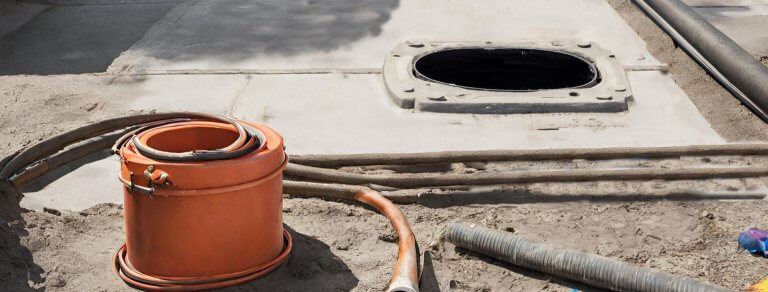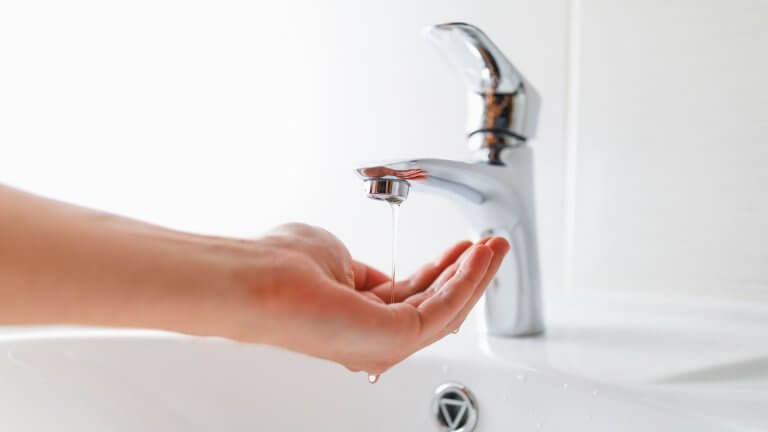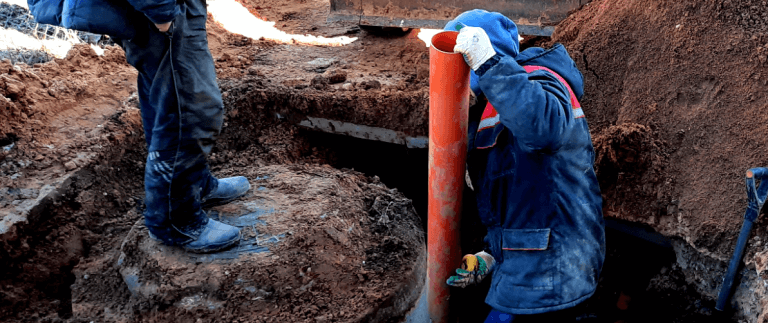
Trenchless Sewer Line Repair vs Traditional Sewer Line Repair
When it comes to choosing the right method to fix your sewer lines, homeowners often find themselves debating between trenchless sewer line repair and traditional methods. If you’re looking for a reliable “sewer repair company,” it’s important to understand the differences between these two approaches so you can make the best decision for your property. Both methods are effective, but

